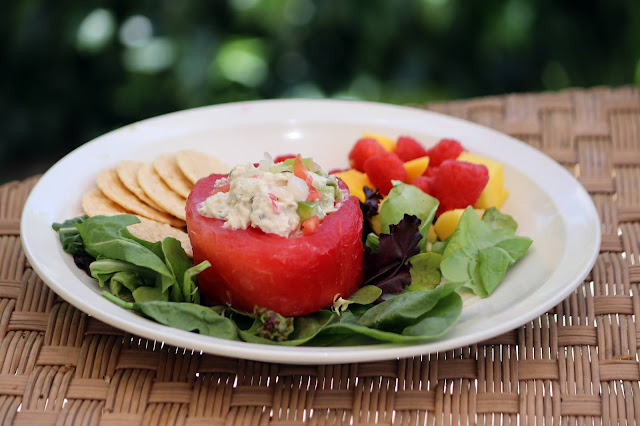 The National Watermelon Promotion Board (NWPB) is a non-profit organization formed in 1989 by watermelon growers and shippers. Their goal is to increase consumer demand for watermelon through promotion, research, and educational programs. The NWPB has developed marketing programs to boost watermelon sales in supermarkets throughout the U.S. and Canada. Their site contains recipes, nutrition facts, fun games for children, lessons for educators, and information for health professionals and the media.
The National Watermelon Promotion Board (NWPB) is a non-profit organization formed in 1989 by watermelon growers and shippers. Their goal is to increase consumer demand for watermelon through promotion, research, and educational programs. The NWPB has developed marketing programs to boost watermelon sales in supermarkets throughout the U.S. and Canada. Their site contains recipes, nutrition facts, fun games for children, lessons for educators, and information for health professionals and the media.5. Always refrigerate watermelon once you have cut into it. Place in a covered container or cover the cut surface with plastic wrap to prevent the melon from becoming mushy.
Nutrition Facts about Watermelon

Fun with Fruit
Watermelon and Feta Cheese Salad

















































